 We ate our share of sushi while in Japan, but sushi is not the be all and end all of Japanese cuisine. While planning our trip, several smart people told us we needed to, among other things, fit in at least one tempura meal while we were there. And just a couple weeks before we left, the New York Times ran a piece on one of Tokyo's high-end tempura temples, noting that such places are virtually nonexistent in the U.S.
We ate our share of sushi while in Japan, but sushi is not the be all and end all of Japanese cuisine. While planning our trip, several smart people told us we needed to, among other things, fit in at least one tempura meal while we were there. And just a couple weeks before we left, the New York Times ran a piece on one of Tokyo's high-end tempura temples, noting that such places are virtually nonexistent in the U.S.It's not that you can't find tempura in the States; indeed, many Japanese restaurants here try to do a little bit of everything, folding tempura, sushi, yakitori, ramen, soba and stir-fries all into the same menu.[1] But Japan is a place where specialists thrive. And at several restaurants in Japan, the art of tempura frying is treated with the same reverence and respect as we typically see only devoted to sushi. To experience it, we opted for Mikawa Zezankyo, a small place in a quiet neighborhood fairly close by the beautiful Kiyosumi Garden.
(You can see all my pictures in this Mikawa Zezankyo flickr set.)
Mikawa Zezankyo is in some ways a faithfully traditional place: you remove your shoes before being seated in one of the nine spots that surround the counter, and the menu – with ink-brushed calligraphy and illustrations – largely consists of the same kinds of "Edomae-tempura" items that would have been served a hundred years ago. But it is also quirkily individualistic: the chef apparently has a penchant for fedoras, which appear in various guises throughout the restaurant, including the massive brass exhaust fan over the cooking area.
The restaurant appears to be a three-person operation: Chef Tetsuya Saotome tends to the actual frying, as an assistant readies each course, and a server circulates behind the guests pouring drinks, clearing plates, and periodically swapping out the paper on which each item is deposited after it emerges from the bubbling oil. The first of these - all served one by one in an omakase style procession – is a plump ebi (shrimp), whose thin sheen of crispy batter only barely obscures its bright orange stripes. The chef recommends dipping in nothing but salt for this first bite, and he's right: its flavor is pure, clean and sweet, its texture still tender and supple once the delicate tempura casing is breached.
A second one follows, so you can also try the shrimp with the light, translucent soy and dashi dipping sauce bolstered with grated daikon oroshi. I had always been puzzled by the custom of serving tempura with a watery dipping sauce. Why go through all the trouble of creating this crispy exterior if you're going to just dunk it and make it all soggy? But here, anyway, the tempura coating still maintained some of its crunch even after being run through the dipping sauce, providing a further contrast of textures. Next, my favorite part, the shrimp's heads, crispy bites bursting with oceanic goodness.
(continued ...)
A fileted and split haze (gobe fish) seems to almost float, it's so light and delicate. For a bit of a respite from the fried stuff, a light broth flecked with mitsuba bears a baseball-sized dumpling of minced prawn studded with gingko nuts. It's like a matzo ball soup from a parallel universe, in the very best possible way. Then for the next course, a plank of ika (squid) may be the best cooked squid I've ever eaten. It is the antithesis of the ubiquitous, indistinct, and disappointing piles of "crispy calamari" that plague so many menus of every stripe these days.
Maybe my favorite item of the night was this "sandwich" of shiso leaves pressed around a generous dollop of uni and then delicately fried - a gossamer tempura shell giving structure to the herbaceous, almost mint-y shiso which held the rich, barely warmed sea urchin roe.
A variety of different items followed, and though each was cooked in the same method, each yielded different textures: the gingko nuts chewy and pleasingly chalky like a chestnut, the tiny shirauo (whitefish) almost crystalline, like perfect little french fries of the sea, the kisu (Japanese whiting) more substantial and meaty.
The anago (sea eel) is the most substantial course of the evening, both in size and flavor. After cooking, the long filet is severed in two with a chopstick by the chef's assistant, releasing a dramatic puff of steam. The meat is rich and oily but not heavy or greasy. Your choice of two vegetables - shiitake mushrooms, sweet potatoes, asparagus or eggplant - follows. These were actually among my favorite items of the night, managing to soften the vegetables and temper their raw edge without them soaking up a lot of oil. Indeed I wished there had been more vegetables as a contrast to the near-exclusive focus on seafood.
An utterly simple dessert concluded the meal – a couple plump kuromame, shiny black soy beans simmered in syrup. Meanwhile, Chef Saotome took the menu that had been presented on our arrival, and with a steady hand, inked an illustration of the prawns that were served as our first course, then handed the menu back to us. It was such a graceful, elegant gesture – and a beautiful personal touch to an intimate meal.
We had the incredibly good fortune to be seated next to a party that included a serious oenophile, who generously shared with us the bottles he had brought - including a 1982 Chateau Montrose, and a 1990 Chateau Figeac. The Bordeaux may not have been the ideal pairing for fried seafood, but the wines, and the friendly company of their owner, were another highlight of the evening.
One of my concerns in having a meal devoted essentially exclusively to fried foods is that it would be overly greasy and heavy. I'm reminded of the wedding of a friend of mine who teaches at a university in a small midwestern town. He and his wife had the reception at the local fishing lodge, with dinner catered by the "Chuck Wagon" – a food truck (this was way before the latest food truck craze) that would fry just about anything you could imagine, from chicken fingers to candy bars. The marriage has gone quite well – the following morning, not so much, for me anyway.
Our dinner at Mikawa Zezankyo was pretty much the exact opposite: everything was light, delicate, clean and almost grease-free. It is not a meal I'd eat every day, or even every week; but it was great to experience the work of a real master at his craft.
Mikawa Zezankyo - みかわ是山居
1-3-1 Fukuzumi, Koto-ku, Tokyo
東京都江東区福住1丁目3-1
03-3643-8383
[1] My favorite local izakaya here in South Florida has about 150 items on the menu, excluding the nigiri selections.


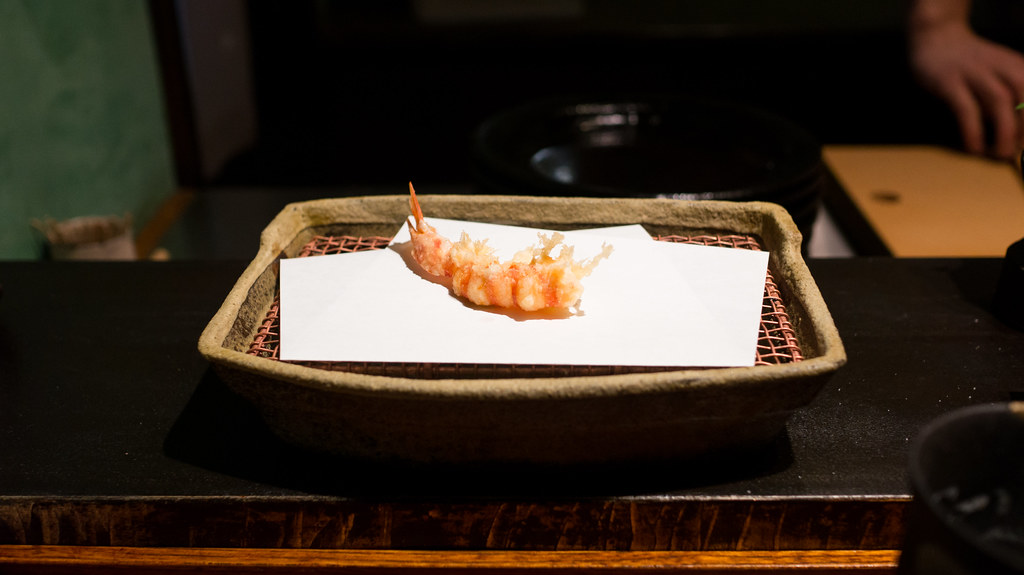
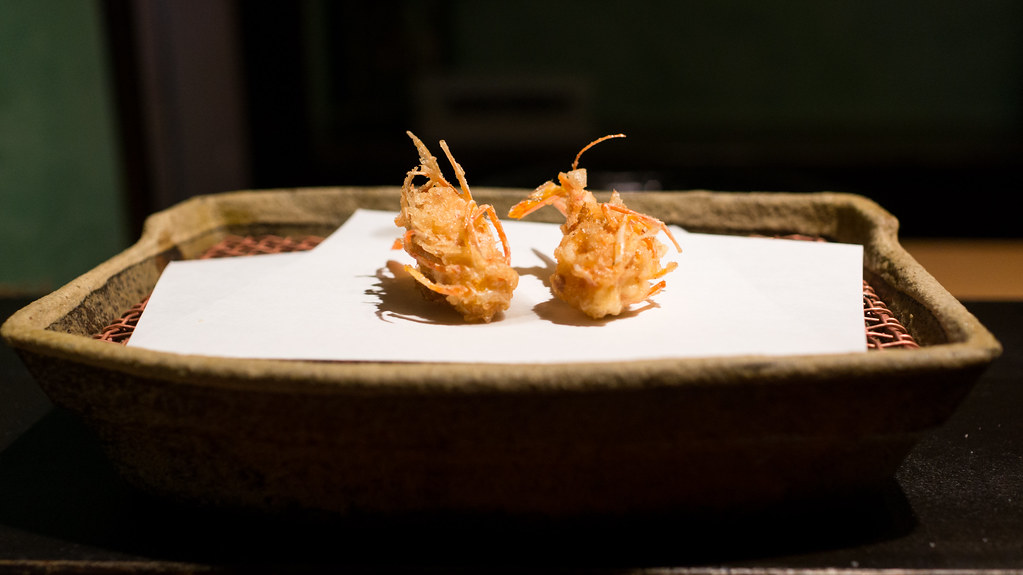

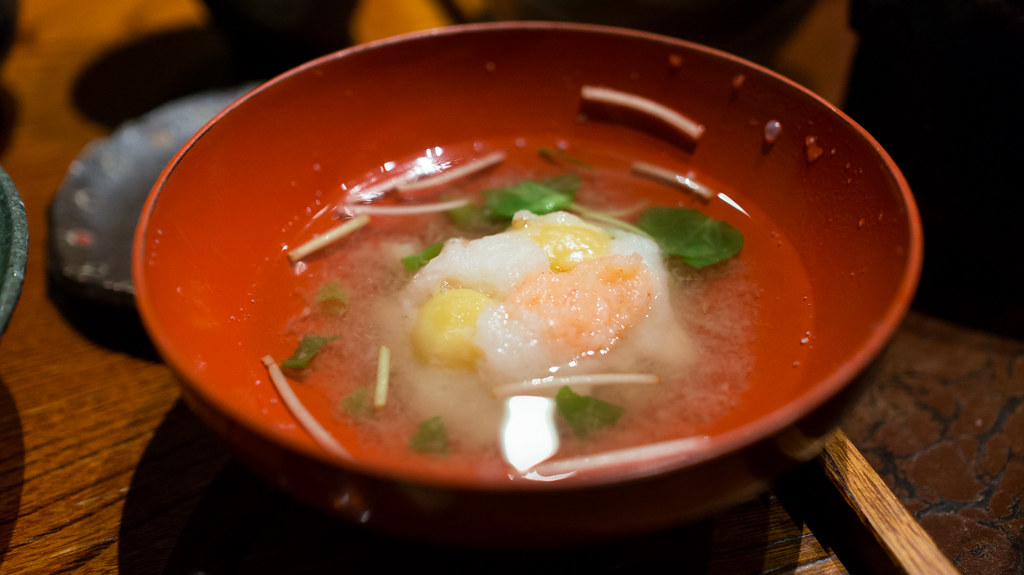



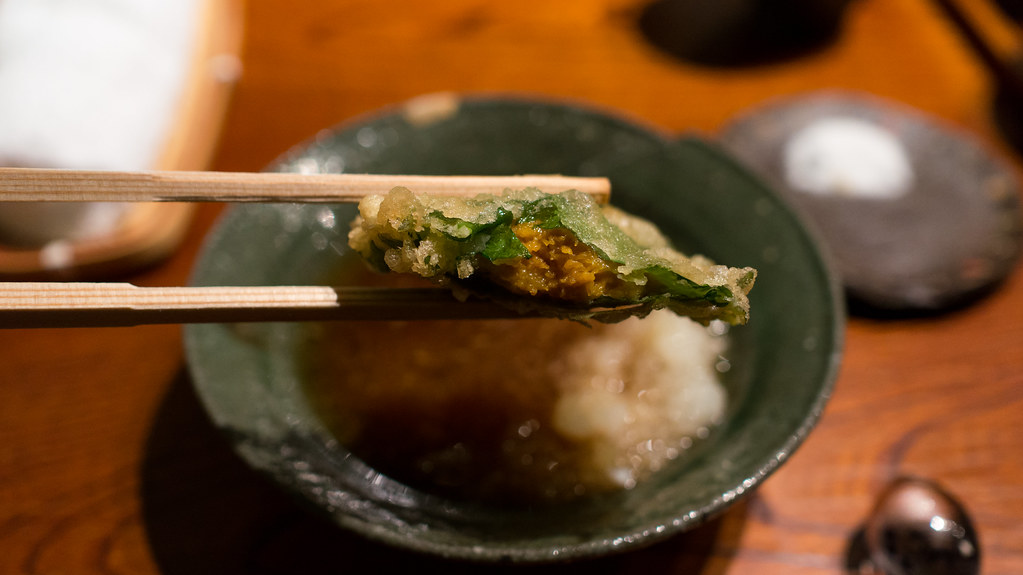

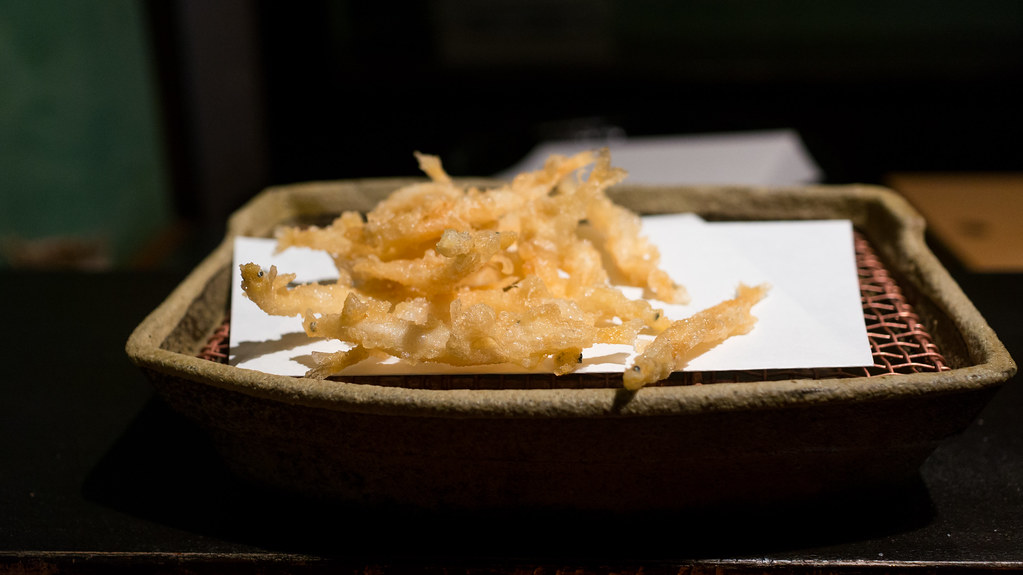
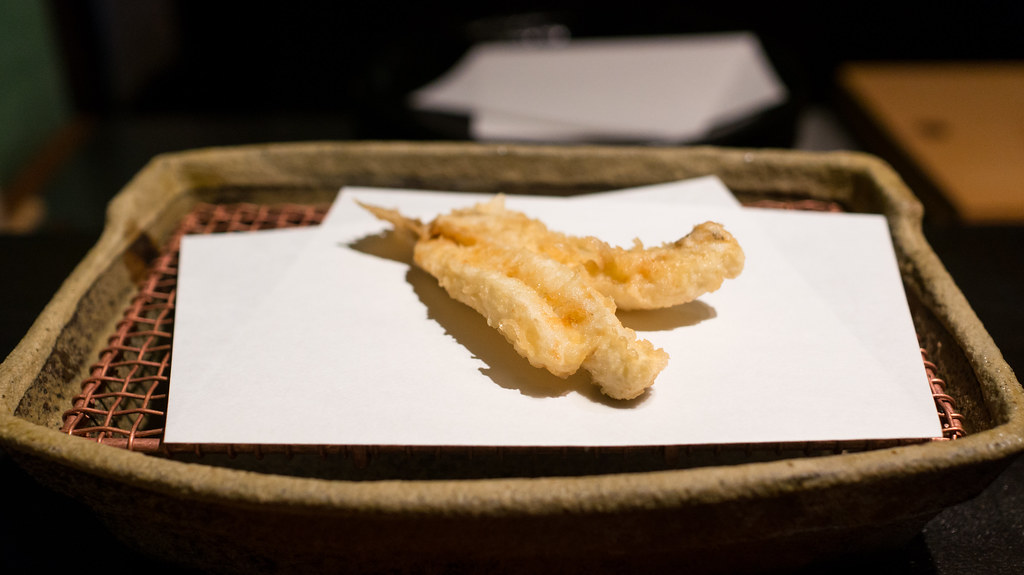
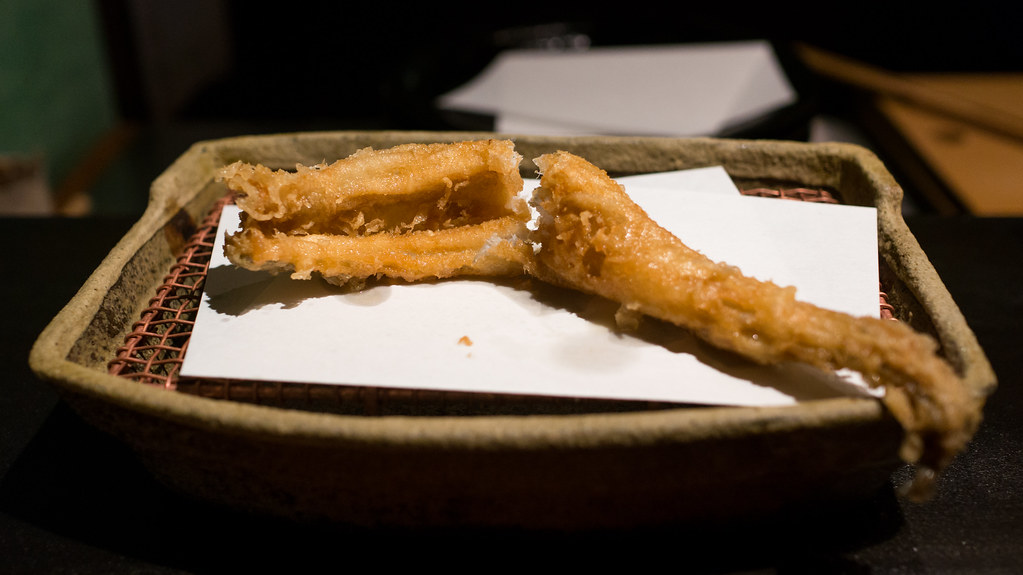

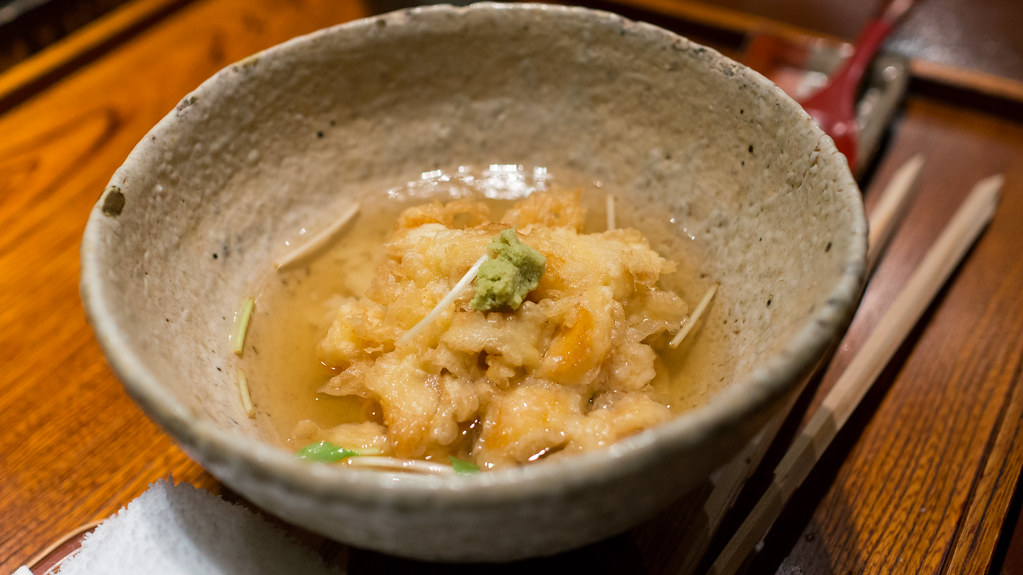
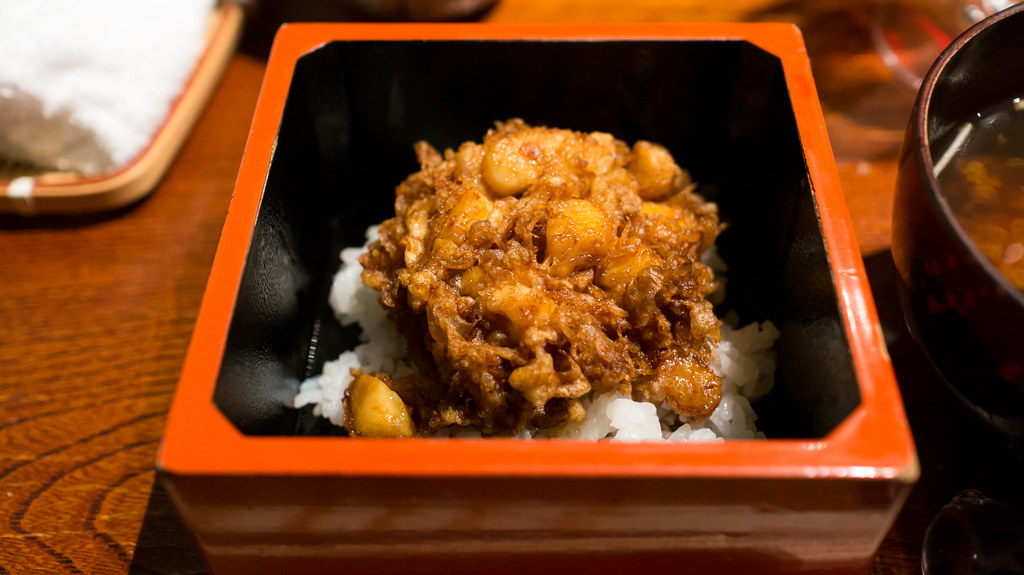
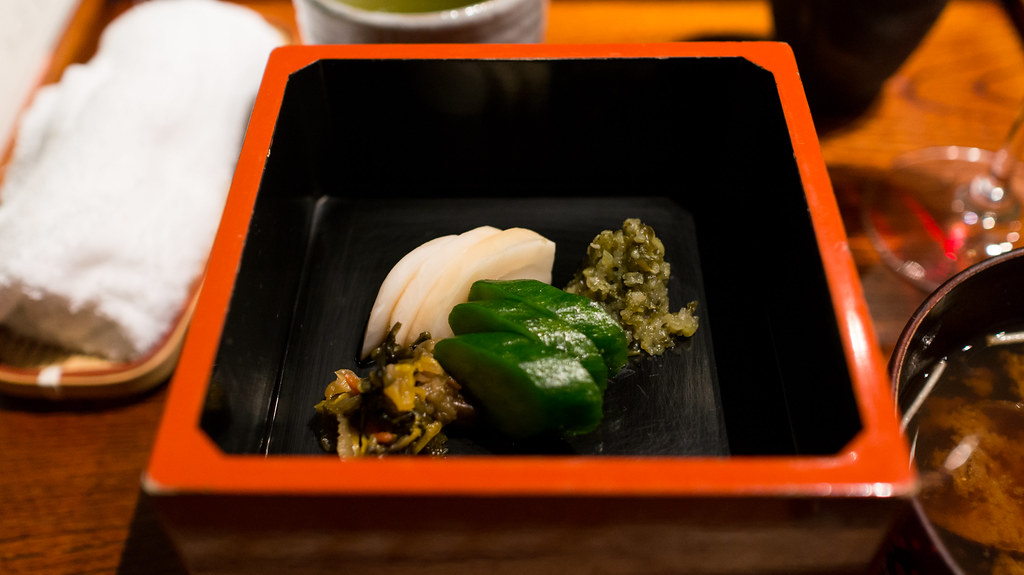
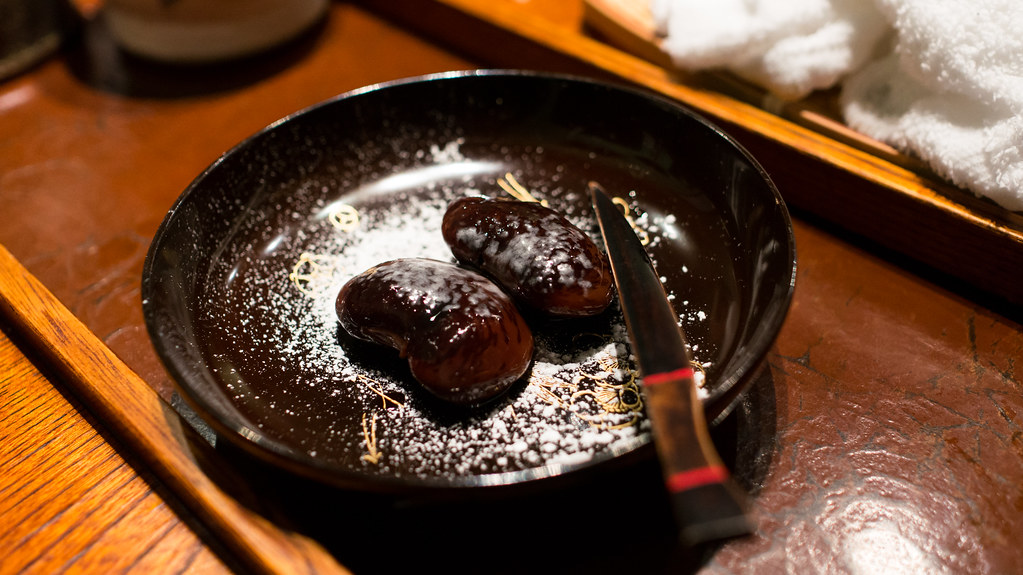
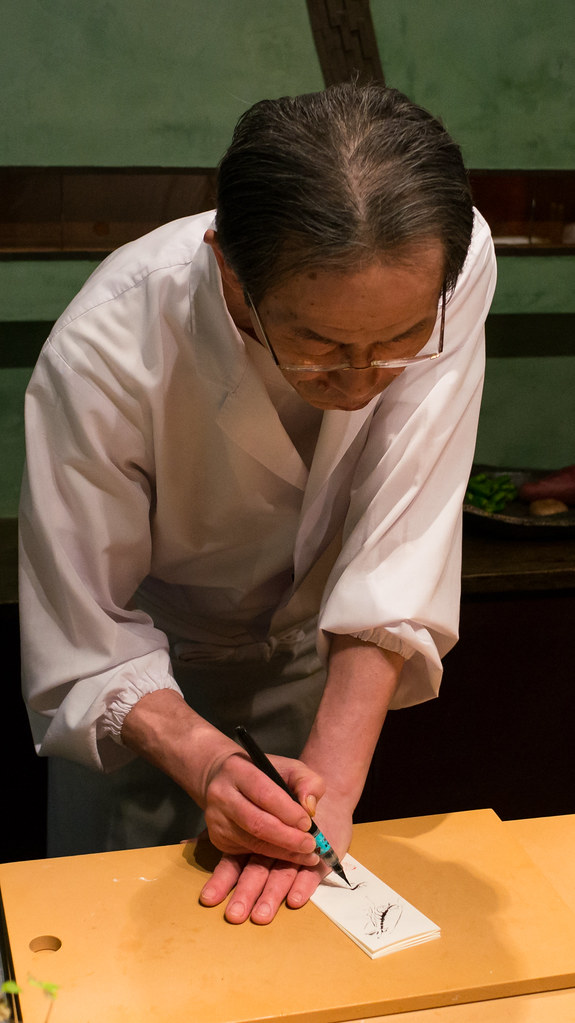
I'm the company that you meet in Mikawa. We're enjoy so much food incredible. Shop also nice and clean. I'll be back when I'm in Tokyo.
ReplyDelete